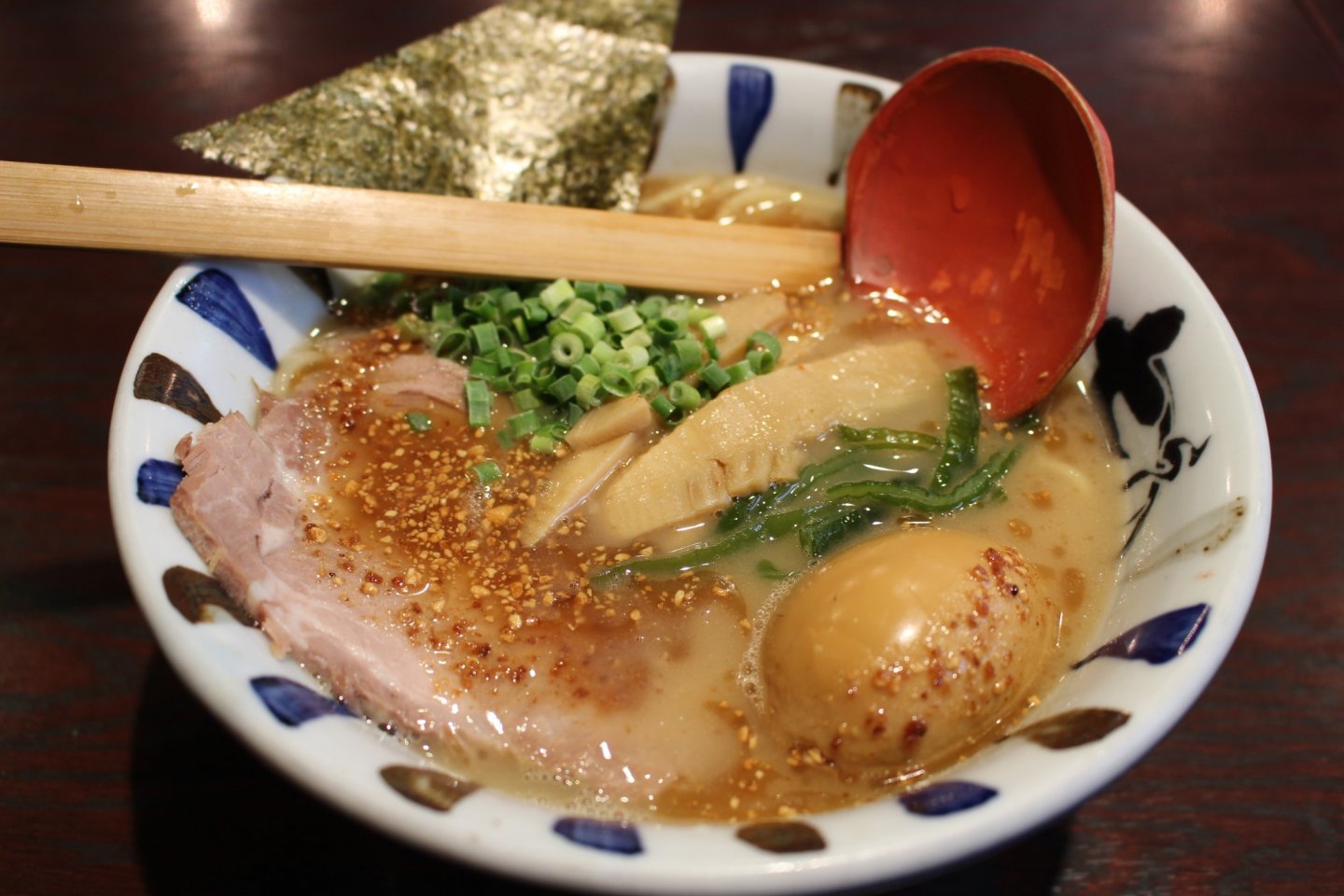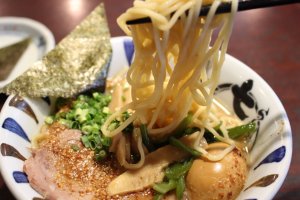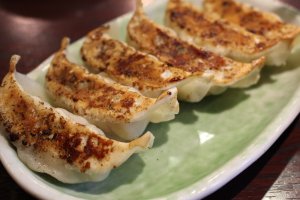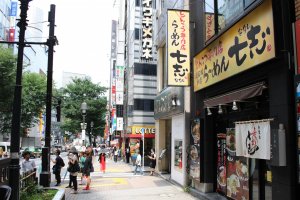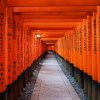Nanashi brings Iekei-style ramen to its outlets across Kanagawa and Tokyo, including the heart of Shibuya, and delivers its own signature Iekei experience for ramen-lovers to enjoy. Iekei implies a tonkotsu shōyu base, popular across the Yokohama region from where it originated, but Nanashi's own version is arguably one of the most interesting.
Nanashi's signature style
Nanashi's style combines a deep, rich tonkotsu soup using up to 1kg of genkotsu (or pork bones) per 3 servings, a more comfortable dining experience thanks to the removal of the strong tonkatsu smell during the preparation process, and a topping of baisen-dare, or roasted garlic, sesame and chili oil, to top off the experience.
Tonkotsu ramen is traditionally a very strong smelling dish that you can detect well before you get to any ramen restaurant serving it – but Nanashi's preparation process more or less completely removes the strong odour associated with tonkotsu, making for a much more comfortable, and enjoyable, dining experience.
The tonkotsu shoyu itself is a deeply-flavoured, rich soup, or noukou, thanks to the volume of genkotsu used. Their noodles use Hokkaido wheat flour making for smooth yet chewy in texture ramen. High-grade char siu pork simmers away with Nanashi's own original sweet soy sauce for up to 3 hours. A spicy roasted garlic, sesame and chili oil sauce layer —baisen-dare— helps accentuate the char siu's flavour. Nanashi's pride is putting all this together into a bowl in front of you.
Exploring the menu
Looking down the menu, Nanashi/Baisen ramen is their most popular dish, served with the sesame garlic finishing touch, but Kokumaro (minus sesame/garlic) and Awakoku (lighter soup) are also available – all come out at ¥734. A popular choice is to add a half-boiled egg for the extra ¥108. A fully-topped bowl of ramen, zenbu-no-se, is yours for ¥1,026 if you can handle all the toppings. Several sides, including gyouza, and draft beer are also available. Menus are helpfully available in English and Chinese too.
As CEO Hideki Taira-san explains, Nanashi's goal is to ensure their customers can enjoy their food and return home with a smile on their face, partly through their 'omotenashi' principle of exemplary service. This vision has stayed with the brand since its first store opened up near Aobadai Station in Yokohama city back in 1997 and continues to guide the modern-day Nanashi across its 11 outlets in Tokyo (Shibuya and Tama Plaza) and Kanagawa (Kawasaki, Machida, Aobadai, Kamiooka, Mukougaoka, Ookuramayama, Nakayama, Sagamihara and Konandai).
Nanashi is short for "Nanatsu no kokorozashi", or the 7 wills or motives that have guided this store's journey to success, which are to build a store that excites customers, to develop original creations, to maintain a fixed, trusted standard, to continually evolve, both its people, products and stores, to secure its product reputation as one of the safest, to not spare any effort and to become an established pro in the industry. One taste of their Iekei-style tonkotsu shoyuu ramen will more or less convince you they are living up to their commitments and on the right path.
